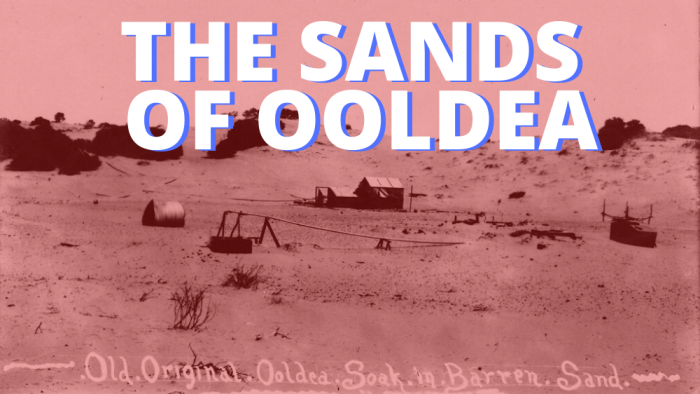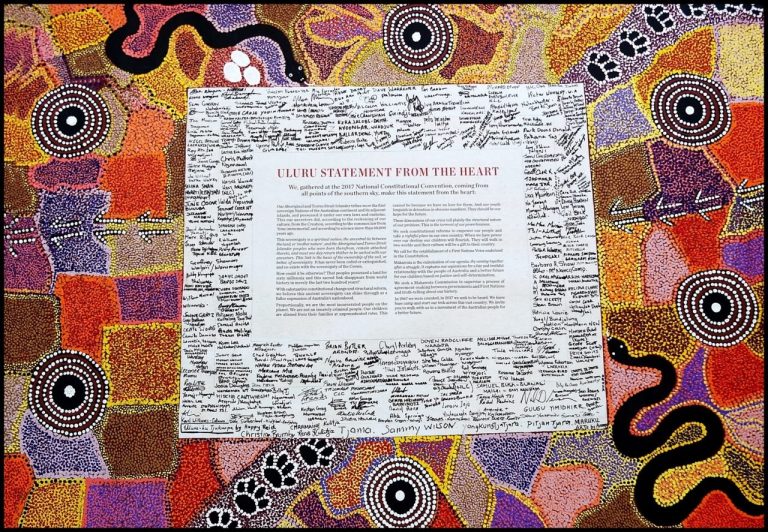In this post we hear about how uninformed newcomers can negatively impact a vital water source for local people in: The Sands of Ooldea.
It was of course a colonial collision of cultures and minds from the time of European invasion all those years ago, that some would say with a good deal of justification, is continuing still.
It was on the Nullabor Plain, at Ooldea, South Australia, where water was present at just a metre (3 feet in those days) below the surface. It was an original soak known to Aboriginal people of the areas as a life giving resource. The settlers saw the water as an ideal place for a well and today it is virtually dry – over pumped to supply trains on the Trans Australian railway from Sydney to Perth.
We have long pondered what the creeks and gullies at Munibung Hill must have been like back in the early 1800’s. We know there is or was until recently, a soak on the upper slopes. Is this a reminder of what were many soaks prior to European settlement? Actions such as clearing much of the bushland, the introduction of cattle, mining for coal, gravel quarries, stone fruit orchards and so on, has undoubtedly altered the local ecology. The consequences of these practices has a ripple effect that goes beyond the immediate locality. This in turn would have impacted the local aquifers. There is an observation made by some hydrologists, that we all live downstream. Just as nature is interconnected, so are we. The actions of those upstream impacts those downstream and those downstream, upstream. We live on a closed loop earth.
For more listen to the series broadcast on ABC Radio National, History Listen here: The Sands of Ooldea, ABC RN



